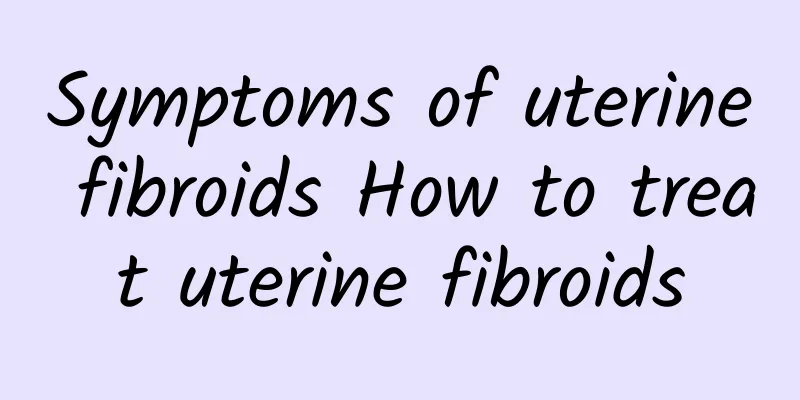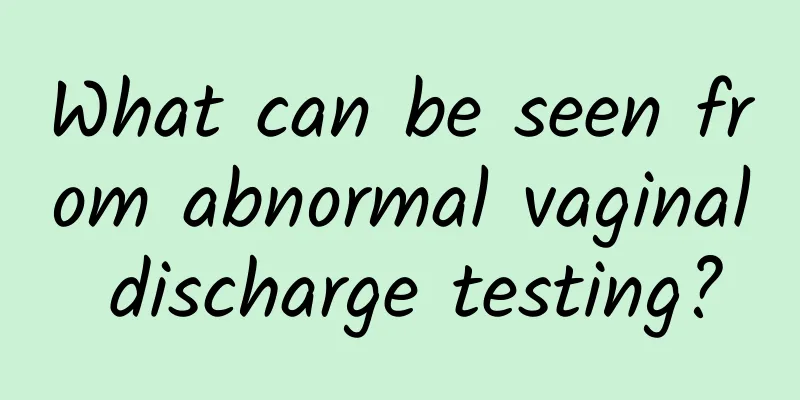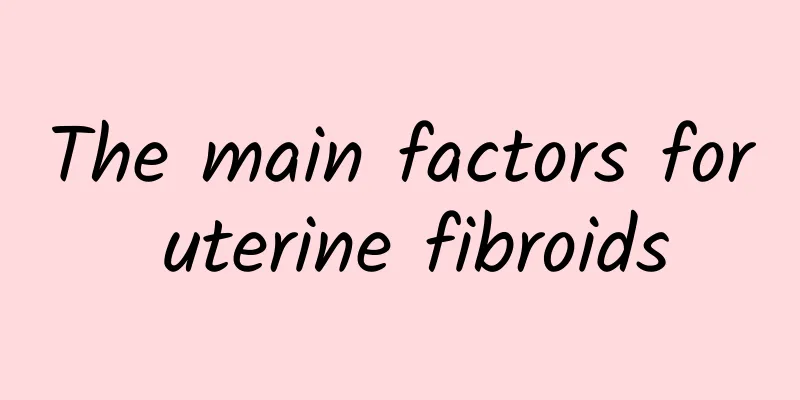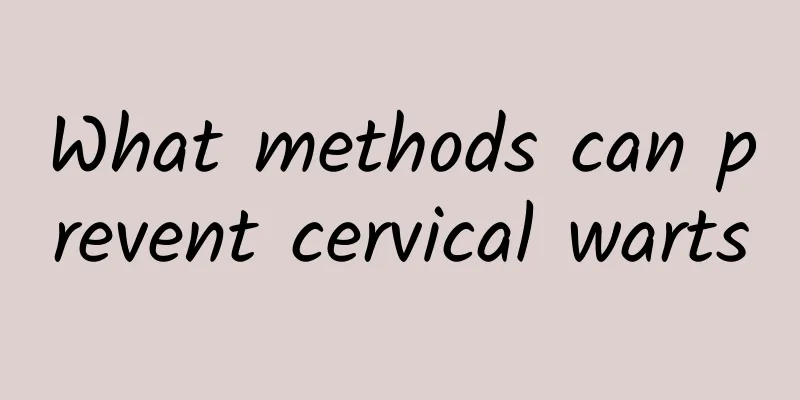Symptoms of uterine fibroids How to treat uterine fibroids

|
The exact cause of uterine fibroids is still unclear. They can occur alone or in many places and are the main killer of women's health. So, what are the symptoms of uterine fibroids? What is the treatment for uterine fibroids? Most patients with uterine fibroids are asymptomatic and are only occasionally found during pelvic examinations or ultrasound examinations. If there are symptoms, it is closely related to the growth site, speed, degeneration and complications of the fibroids, and is relatively small with the size and number of the fibroids. Patients with multiple subserosal fibroids may have no symptoms, while smaller submucosal fibroids often cause irregular vaginal bleeding or menorrhagia. Common clinical symptoms are: Uterine bleeding is the most common symptom of uterine fibroids, occurring in more than half of patients. Cyclic bleeding is the most common, and can manifest as increased menstrual volume, prolonged menstrual period, or shortened menstrual cycle. It can also manifest as irregular vaginal bleeding without menstrual cycle. Uterine bleeding is more common in submucosal fibroids and intramural fibroids, while subserosal fibroids rarely cause uterine bleeding. Generally speaking, uterine fibroids do not cause pain, but many patients may feel lower abdominal swelling and back pain. When the pedicle of the subserosal fibroids is twisted or the uterine fibroids undergo red degeneration, acute abdominal pain may occur. It is not uncommon for fibroids to be combined with endometriosis or adenomyosis, and there may be dysmenorrhea. If uterine fibroids are not treated in time, they can lead to female infertility, miscarriage, frequent urination, urination disorders and other hazards, and are the main killer of women's health. Uterine fibroids need to be treated in time. The following drugs can be used to treat uterine fibroids: (1) Danazol is used for preoperative medication or treatment of uterine fibroids that are not suitable for surgery. Uterine fibroids can grow after stopping the drug. Taking danazol can cause liver damage and androgenic side effects (weight gain, acne, deepening of the voice, etc.). (2) Tamoxifen can inhibit the growth of fibroids. However, long-term use may cause some patients' uterine fibroids to grow larger and even induce endometriosis and endometrial cancer, so this should be taken with caution. (3) Commonly used androgen drugs include methyltestosterone (methyltestosterone) and testosterone propionate (testosterone propionate), which can inhibit the growth of fibroids. Pay attention to the dosage to avoid masculinization. |
<<: How to treat intramural uterine fibroids? Do intramural uterine fibroids have to be removed?
>>: Treatment methods for uterine fibroids What are the sequelae of uterine fibroids
Recommend
How can pregnant women improve ovarian function? Eating 7 kinds of food can protect the ovaries
The ovaries play the role of ovulation. If you wa...
How to know whether the gestational sac has been expelled in spontaneous abortion
In case of spontaneous abortion, you can determin...
One cup of pearl fruit shake cup is equal to one bowl of rice
If you want to control your weight, stay away fro...
Will taking birth control pills delay menstruation?
After taking birth control pills, menstruation ma...
Lose weight with just 3 minutes of high-intensity exercise per week
No time to go to the gym, too tired to move after...
Fight butterfly sleeves! Reverse shoulder raise (upper)
In the hot summer, you just want to stay lazily a...
What women should know about the harm of cervical erosion to women
Do patients with cervical erosion know the danger...
What Chinese medicine can be used to treat pelvic inflammatory disease? The effect is very good
Traditional Chinese medicine is very effective in...
Edamame is the "poor man's meat" that metabolizes fat and provides high-quality protein
Don’t underestimate the ordinary edamame! With it...
Make you slim and stylish! Eat this way to get a good physique
A new concept for weight loss: Eat to develop a b...
What is the reason for irregular menstruation in a 12-year-old girl?
Irregular menstruation in a 12-year-old girl may ...
What are the risks of pregnancy with adenomyosis?
What is the chance of getting pregnant with adeno...
Let's take a look at the three manifestations of cervical erosion
Many people want to know the manifestations of ce...
What are the hazards of common cervical warts
Cervical warts are a sexually transmitted disease...
Detailed analysis of the difference between cervicitis and cervical erosion
Many people tend to confuse cervicitis with cervi...









